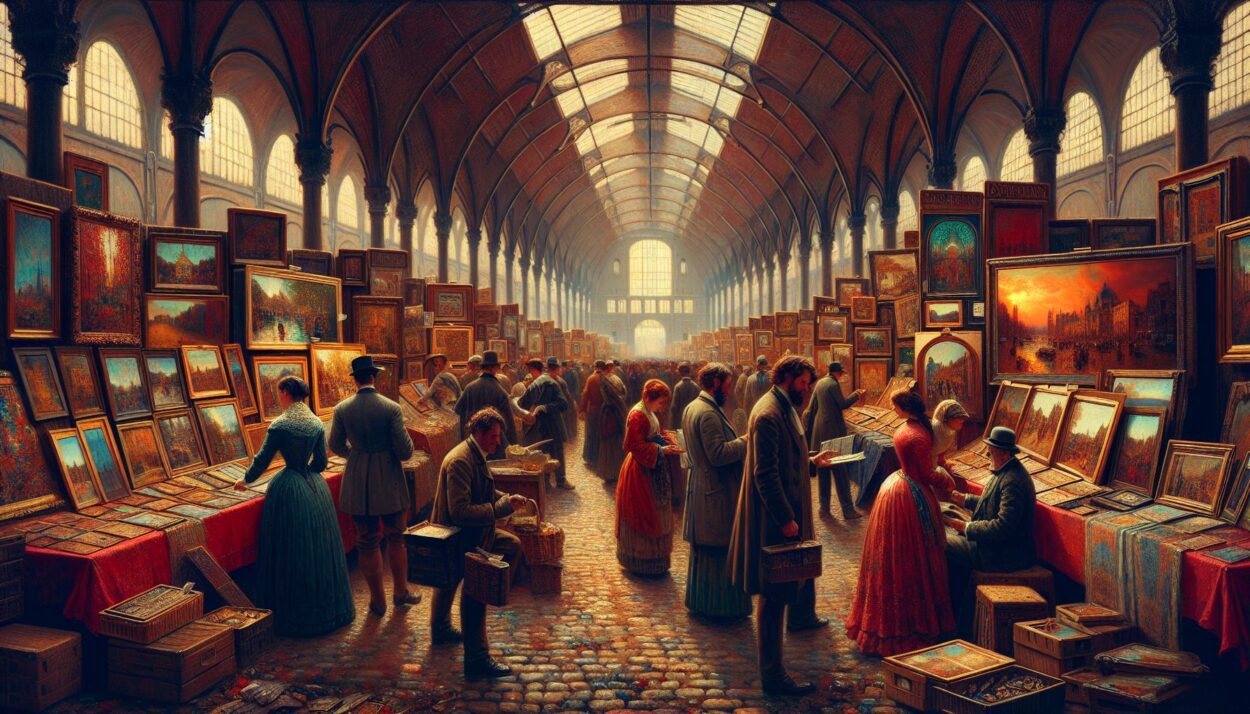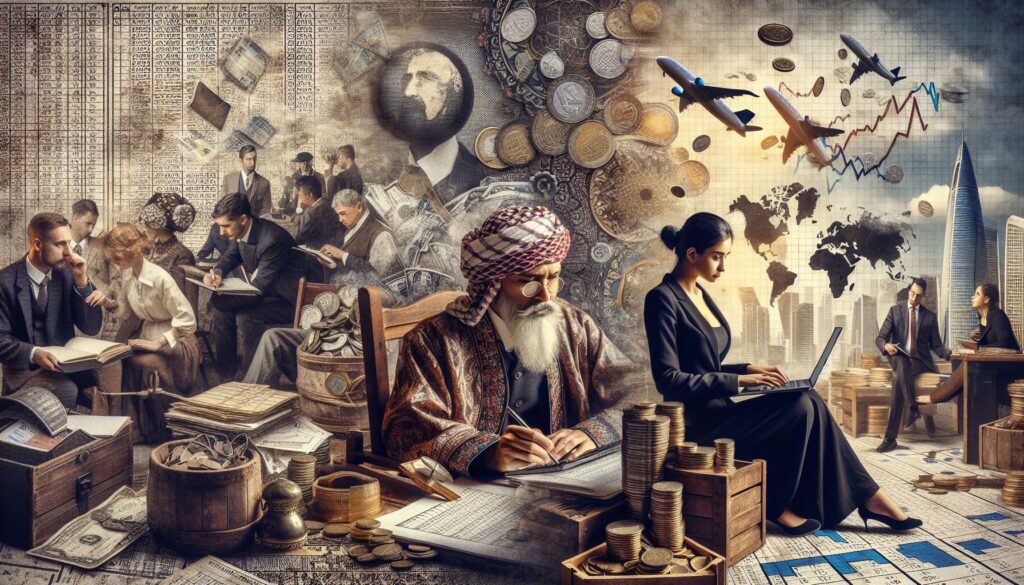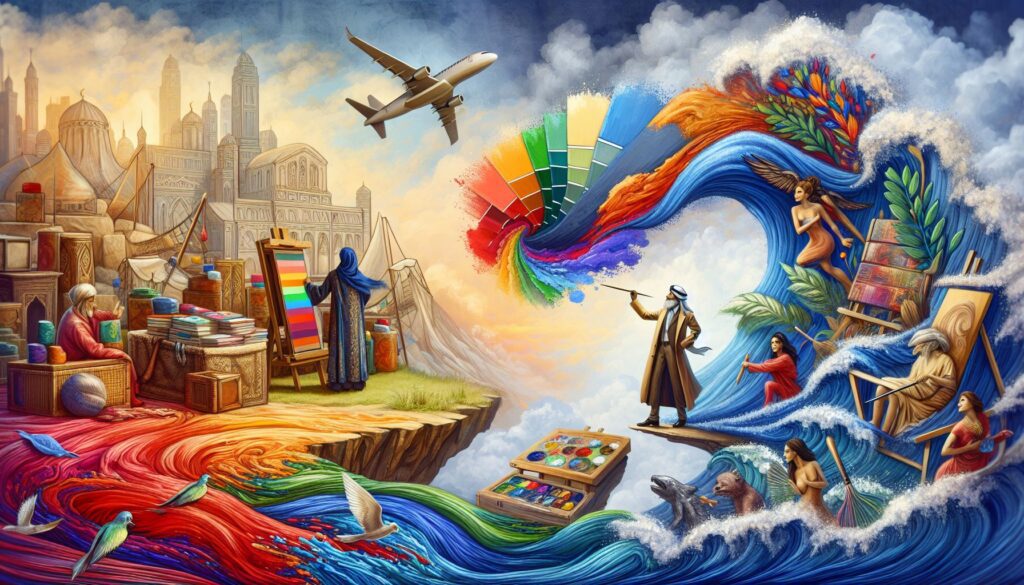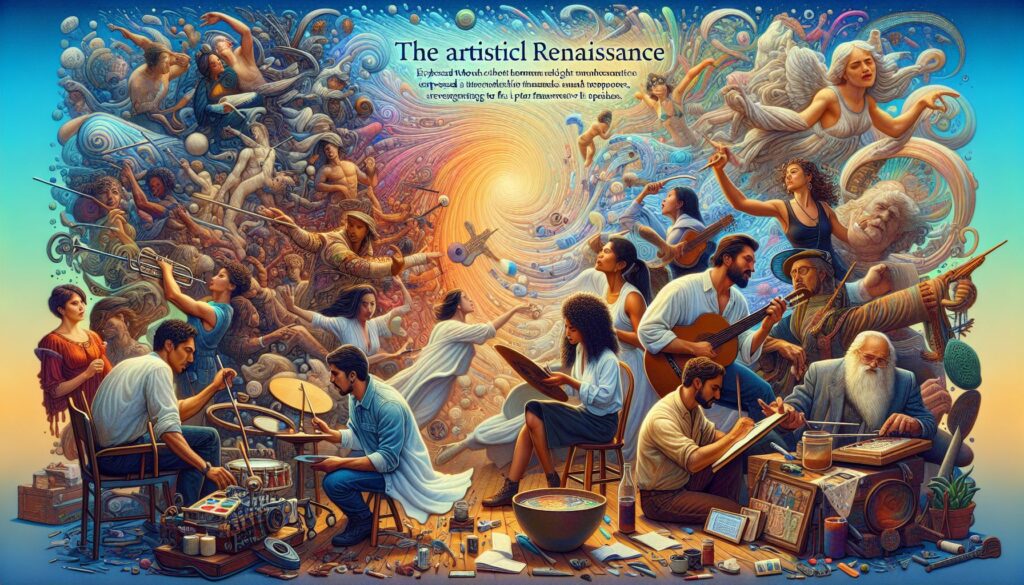The world spins, changes abound, and like a chameleon, the realm of contemporary art adapts. This vibrant and evocative landscape constantly evolves, reflecting diverse perspectives of society, challenging norms, and giving voice to those sitting in silent corners. Inheritors of this visual heritage are not just artists, but also galleries, collectors, investors, and scholars who weave the intricate patterns of this market. Let’s pull back the curtain and plunge into the rich tapestry that is the business of contemporary art.
There’s never been a more exciting time to be an observer of the art business. From online sales galleries to crypto-art, from virtual exhibitions to data-providing tools that track and analyze art market trends, the contemporary art scene is in the throes of fierce metamorphosis.
Traditional brick-and-mortar galleries are now standing shoulder to shoulder with virtual counterparts. The shift to digital platforms was catalyzed by the pandemic, becoming an unexpected norm. Trend aficionados are predicting that this digital shift will continue to accelerate in the face of ease and accessibility that it offers to global art consumers.
These emerging patterns are potentially game-changing, but they’re just the tip of the contemporary art iceberg. Pioneers figure prominently in this scenario –artists who dare to flout convention and re-define the boundaries of visual expression.
Take, for example, Beeple whose digital collage, “Everydays: The First 5000 Days,” sold for over $69 million, opening the Pandora’s Box of crypto-art and NFTs (Non-Fungible Tokens). Artists like Julie Mehretu and Titus Kaphar are influencing the art scene in powerful ways by examining complex societal issues through their visually alluring works, simultaneously reaching astronomical rates in the auction houses.
The dynamics of the art landscape are further shaped by the collectors’ shifts towards investments in emerging artists who voice narratives on environmental, racial, and political issues. This trend demands attention, as it echoes the societal transformation within the art market, stretching the boundaries of what was once considered ‘collectable’.
Yet, the contemporary art business remains paradoxical, a reflection of the artists’ minds it mirrors. You can never truly predict its currents, no matter how specific your data or how reliable your sources. We can, however, glean from its past and present trends to anticipate its future.
Reflecting upon the potential shifts in the industry, we are likely to see an increase in transparency, data democratization, and corporate investment in the art sector. The desire for socio-political resonance within artworks is a trend we predict will further solidify.
From this deep dive into the vibrant world of contemporary art and its business dimension, one thing is clear. The business of art, peppered with its multitude of paradoxes, is more than a simple transaction. It’s a dance between aesthetics and economics, where the power of individual expression meets the thrill of collective appreciation. It’s a market that catalogues the trials, triumphs, and torments of societal evolution.
Trends will come and go like ephemeral waves, painters will rise, and some will disappear into the annals of creative history. But the art business, ever resilient and dynamic, will continue to reflect and react to the spectrum of human experience. And as witnesses, we are all the richer for it.




